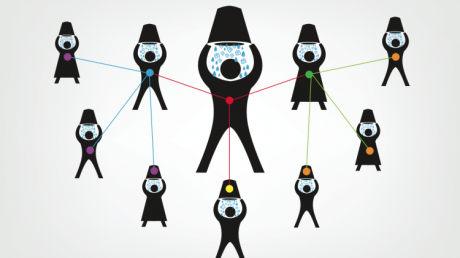Fundraising and Organizational Brand
To sustain long-term fundraising success, an organization must show potential donors that its work is meaningful, relevant, and impactful. But simply doing good work that addresses a pressing social need is no guarantee that an organization will attract funders—or even get a positive response when approaching funders. Nonprofits need a communications strategy that highlights the importance and relevance of their work, but more broadly, they need to develop their organizational brand.
All nonprofits inevitably have a brand; they should work to shape it. It is the sum of associations that people have about them in terms of values, practices, and visual identity. Rather than hoping people will pick up on their good work, nonprofits can—and must—deliberately influence how people perceive them by cultivating and promoting a distinct brand. Successful companies don’t leave their brand identity to chance, and neither should nonprofits. Even though most nonprofits have tight budgets for non-programatic expenses, there is still a lot they can do to shape how they are perceived—one key area is how they describe their work.
The language an organization uses to define itself should flow from its mission. The mission statement should get to the organization’s essence; people should be able to read it and understand why the organization exists and what it does. A clear mission should be the starting point for all communication and development language, such as a case statement, grant proposals, website content, presentations, newsletters, annual reports, and an informal elevator pitch. But there is more to branding than language.
It is important to pay attention to other visual aspects of the brand. Today’s world is so digital and brand-sensitive that things like website design, social media presence, logo, and multimedia are hugely important. A potential funder will likely have a bad first impression of an organization if they find a disorganized website, no Twitter feed, and a handful of materials in different design styles. These factors are not in themselves grounds for funding, but when they are subpar, potential funders can dismiss an organization—especially since there is so much competition from other worthy organizations for their limited funding.
Luckily, many nonprofits are catching on to some of the marketing approaches that have long been standard in the private sector. They are learning how much it can improve their fundraising outcomes if they have a mission-centered brand that is reinforced by multiple channels of communication—including a well-designed visual identity and a prominent online presence. Then, when it comes time to request funding, there is already a strong brand in place that reinforces and creates synergy with the funding appeal.

